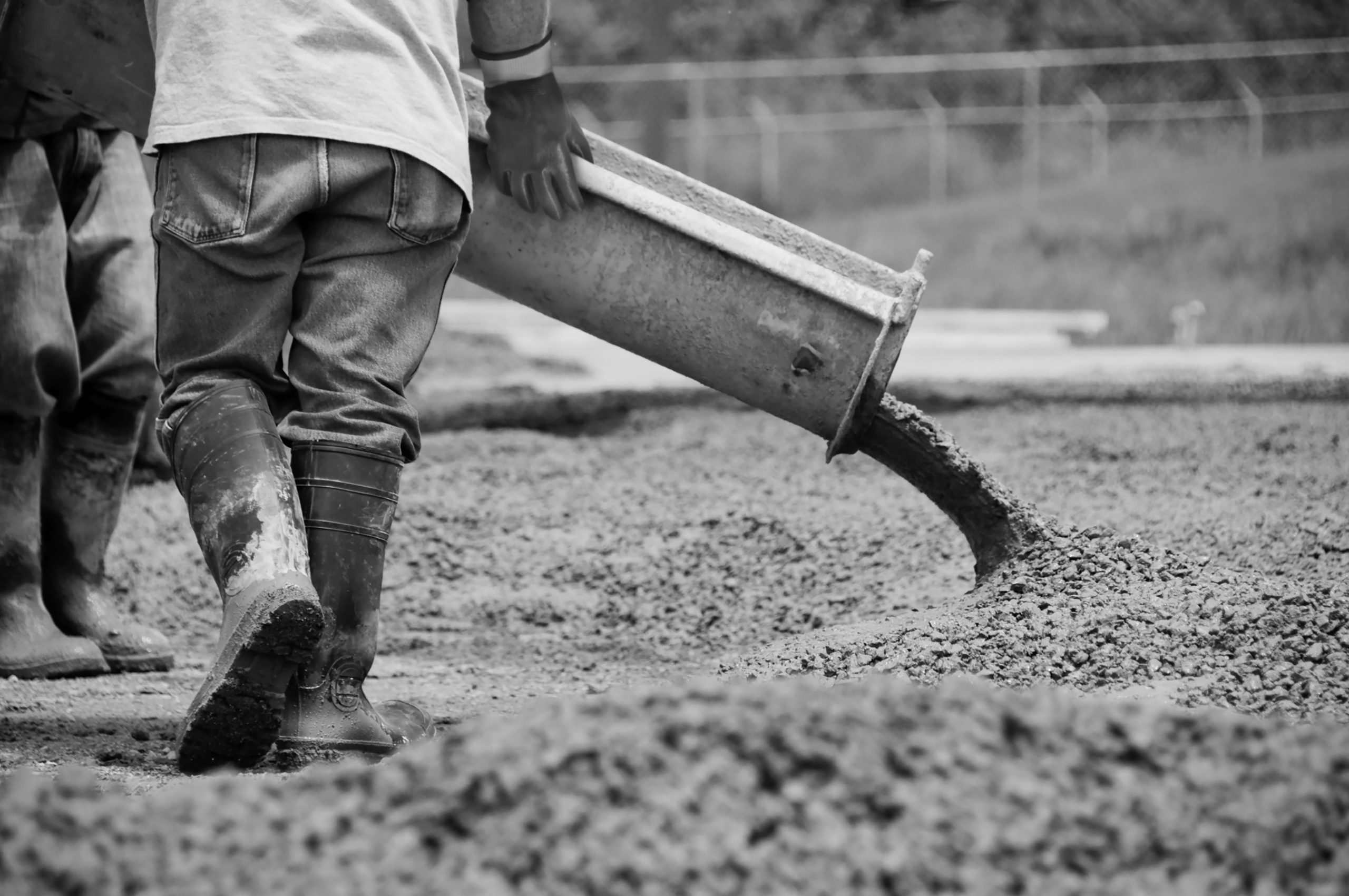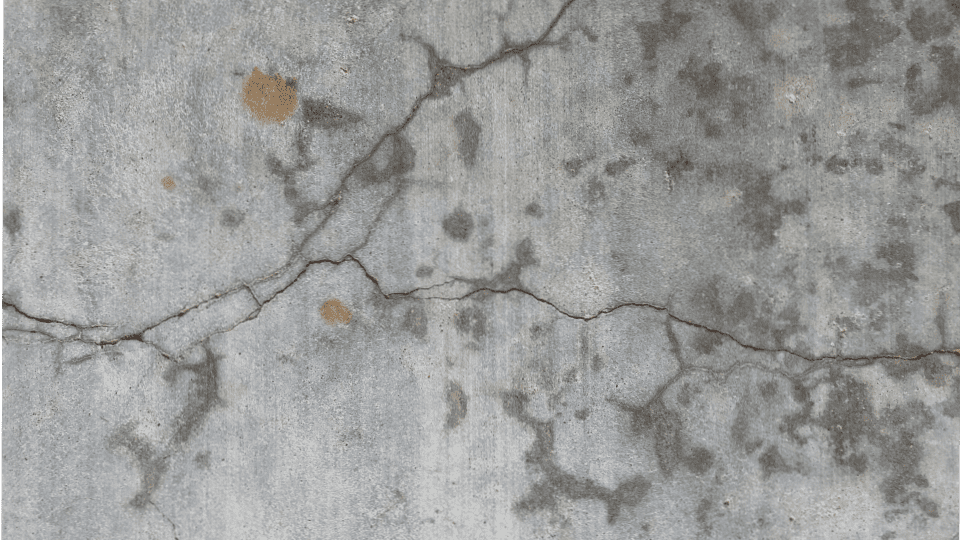
Environmental factors encountered in warm weather can adversely affect concrete properties. It is vital that all parties including concrete producers, specifiers, contractors and operatives fully understand these factors and the high potential for negative impacts on fresh and hardened concrete performance. Concreting operations must be carefully planned with suitable precautionary measures taken in such conditions.
What is warm weather?
Warm weather for the purposes of concreting operations can be defined as when one or more of the following conditions exist. These conditions can easily lead to permanent impairment of the concrete quality through an accelerated rate of moisture loss and cement hydration:
- High ambient temperature
- High concrete temperature
- Low relative humidity
- High solar radiation
- Wind velocity
There is no specific temperature which would be considered an action point for warm weather concrete. Ambient temperatures up to about 20°C should not on their own cause significant problems. Ambient temperatures of 20°C and above with lower humidity and drying winds present a high risk to long term concrete quality. Lower ambient temperatures on dry days with a strong breeze also prevent a high risk.
The Irish National Annex to EN 206 requires that the temperature of fresh concrete does not exceed 30°C unless the user specifies otherwise.
Potential impacts of warm weather on concrete
With fresh concrete the main issues which may arise are:
- Increased water demand which reduces the water-cement ratio
- Increased rate of slump loss leading to requests to add water to the concrete onsite
- Accelerated setting which may create issues with handling, placing, compacting and finishing the concrete
- Unpredictability with setting time in such conditions and experience of concrete operatives with such factors can lead to unsatisfactory finished concrete elements.
- Increased risk of cold joints
- Potential difficulties maintaining specified air content in air entrained concrete mixes
- Very high potential for plastic shrinkage cracking, particularly on flatwork
Issues which may arise with hardened concrete in such conditions generally cannot be rectified:
- Permanent loss of compressive strength
- Increased potential for drying shrinkage
- Higher potential for thermal cracking either due to cooling of the overall structure, temperature differential or thermal shock due to high differential from daytime to nighttime temperatures
- Decreased permeability, durability and water-tightness where applicable
- Surface scaling, laitance or delamination due to rapid moisture loss from the surface

Measures to minimize risks
Concreting operations need to be carefully planned and executed when warm weather conditions occur to prevent permanent damage to the concrete. There are a number of practical measures which can be implemented which include:
- Consider placing concrete outside of peak temperature times. Critical work should be postponed and carried out in ideal environmental conditions
- Plan and communicate delivery and demand carefully. Concrete should not be sitting in trucks agitating where it will lose workability
- Do not add water to concrete onsite. Where required order a concrete mix with suitably increased workability
- Discharge, place, compact and finish concrete without delay. The permitted 2-hour maximum delivery period will not be a suitable measure of usability in these conditions
- For flatwork, where possible the placement of concrete should be done after roofing and erection of walls to minimize solar gain and drying winds.
- When discharged directly onto sub-base materials this should be dampened to avoid loss of water from the concrete
- Protect the concrete from rapid moisture loss during any delay between placing and finishing operations
- Cure the concrete immediately and fully. Curing must continue for at least several days after placement of concrete. A planned curing procedure should be in place in accordance with EN 13670 clause 8.5
For more information on concreting in different types of weather or to find out about our pioneering concrete solutions get in touch with us today.



